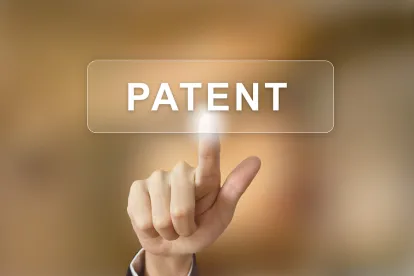Last month, we noted two recent Patent Trial and Appeal Board (PTAB) decisions that appeared to signal a more exacting standard for defining what patents may qualify as covered business method patents, focused on finding a hook in the claims for a financial product or service. Despite those decisions, PTAB panels are still split on how to assess whether the patent is directed to a financial product or service. Two recent decisions, AT&T Mobility LLC v. Intellectual Ventures II LLC, CBM2015-00185 (PTAB May 4, 2016) (Braden, APJ) and Apple Inc. v. Mirror World Techs., LLC, CBM2016-00019 (PTAB May 26, 2016) (Giannetti, APJ) (McKone, APJ concurring), show divided interpretations over how explicitly the claims must be tied to a financial product or service.
The PTAB panel in AT&T Mobility found that the challenged patent did not claim a method or apparatus for a financial product or service. The claims of the challenged patent were directed to a system for providing directory call assistance to cellular telephone users with the appropriate back-end switching translations. Although the specification explained that such switching translations were helpful for billing, the claims did not specifically recite a "billing" limitation. In denying institution, the panel was careful to clarify that it did not require a "literal recitation of financial product or services in a claim," only that a claim term be "rooted" in the financial sector. The panel determined that the claimed invention was one of general applicability and thus dismissed the statements in the specification showing the invention's potential benefits to the financial sector and applicability to the financial activity of "billing." Mere examples of potential usefulness to the financial sector were insufficient to make the patent eligible for CBM review.
In contrast, the majority in Mirror World determined that the challenged patent was eligible for CBM review, even without identifying any terms in the claims that were arguably rooted in the financial sector. The claims were directed to organizing data streams from multiple sources though a time-ordered storage model with filters for organizing, locating, summarizing and monitoring incoming data. The claims were generic to streams of "data units" and did not identify, financial or otherwise, any particular purpose or field of use for such data stream operations. Nevertheless, the majority found that examples in the specification, showing that the claimed device could be used in the financial sector, were sufficient to make the patent eligible for CBM review. The majority rejected the notion that a claimed invention could have "general applicability" and avoid CBM review when the specification specifically provided financial-related embodiments showing that the claims covered potential uses in the financial sector.
The concurrence dissented from the majority's CBM eligibility determination, advocating instead for a stricter application in which the claim language itself must explicitly or inherently indicate the financial nature of the invention. Interpreting the Federal Circuit's decision in Blue Calypso as a clear directive to seek out such explicit or inherent language in the claims, the concurrence would have found the patent to be one of general applicability with merely a potential for use in the financial sector. Accordingly, it would have found the patent ineligible for CBM review. The concurrence warned that CBM review would be overly expansive if all that was required to show CBM eligibility was that the claims were broad enough to cover possible use in the financial sector.



 />i
/>i


